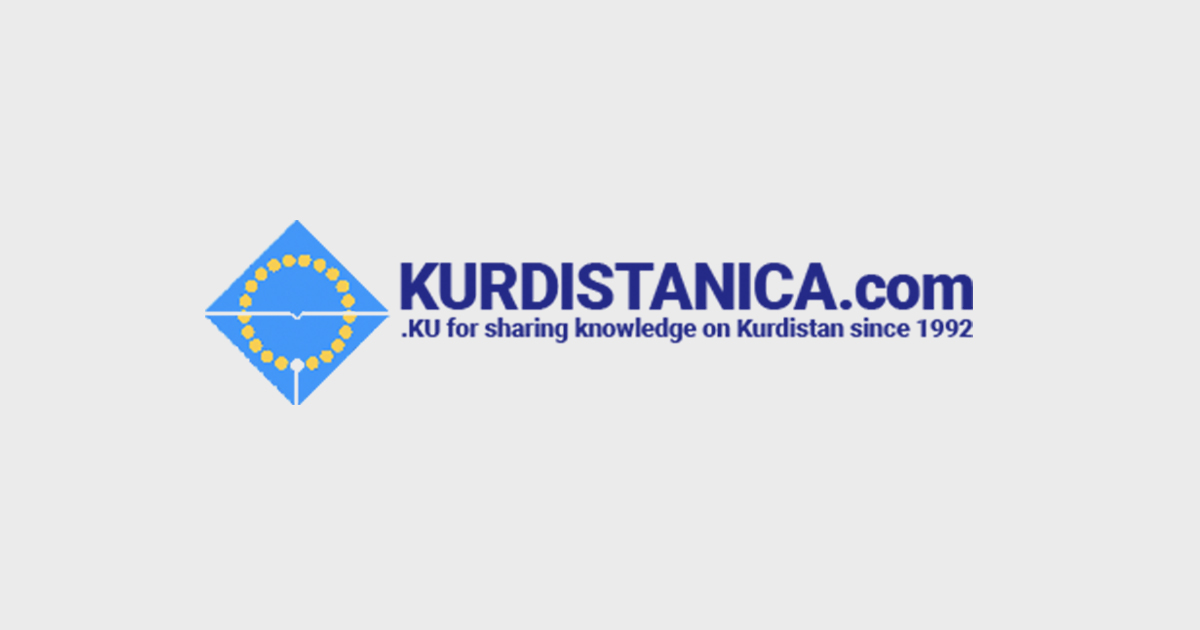The infusion of an Indo-European (Iranic) language, culture, and genetic element into the Kurdish population over the two millennia preceding the Christian era also entailed the incorporation of Aryan religious practices and deities into indigenous Kurdish faith(s). Zoroastrianism, Judaism, Manichaeism, and Christianity successively made inroads into Kurdistan. The most holy of Zoroastrianism's three grand fire temples, that of Âzargushasp, was built at the holy site of Ganzak (modern Takâb) in eastern Kurdistan in the northern environs of the Kurdish city of Bijâr. The irnposing ruins of the temple are still extant. Despite this, Zoroastrianism did not succeed in converting any appreciable proportion of the Kurds. In fact, it was the indigenous Kurdish religions that, in addition to deeply influencing Zoroastrianism, on two instances attempted to absorb that religion.
There also existed a large community of exiled Jews in Kurdistan from the time of the Neo-Assyrian Empire. These exiled Jews, according to the Talmud, were granted permission by the Jewish authorities to proselytize and succeeded spectacularly in converting nearly all of central Kurdistan to Judaism. Christianity was even more successful. Large numbers of Kurds in far western and central Kurdistan converted to Christianity. The introduction of Christianity was soon followed by Islam, which added further to the religious diversity of Kurdistan.
From various state statistics, ethnographic fieldwork, and independent observations set forth in the bibliography, Table 5 quantifying the religious composition of Kurdistan has been constructed. (Further information on the provincial boundaries is provided under the entry Internal Subdivisions).
Very valuable background information on Islam, its denominations, cults, and movements, as we I as on non-Islamic religions that have influenced or come into sustained contact with Islam during and shortly before the Islamic era can be found in the Encyclopaedia of Islam, 2nd edition (1960-present). The 1st edition (1913-36) should also be considered, as the second edition is not yet complete. Encyclopaedia Britannica is also a valuable resource, particularly for the pre-Islamic religions and movements, such as Zoroastrianism, Mithraism, Manichaeism, and the Mazdakite movement.
Furtber Readings and Bibliography: A. Gabriel, Religionsgeographie von Persien (Vienna, 1971); K.E. Miiller, Kulturhistorische Studien zur Genese pseudo-islamisheer Sekterngebilde in Vorderasien (Wiesbaden, 1969); Thomas Bois, Gonnaissance des Kurdes (Beirut. Khayats, 1965); Köy Envanter Etadleri ("Village Inventory Studies [of Turkey ") in Peter Andrews, ed., Ethnic Groups in the Republic of Turkey (Wiesbaden: Reichert, 1989); Annual Abstract of statistic’s, 1970 (Baghdad: Government of Iraq, 1971); Statistical Abstract 1973 (Damascus: Government of Syria, 1973 ); Population Census 1970 (Damascus: Government of Syria, 1972); The Population and Household Census, 1986 (Teheran: Iranian Census Bureau, 1987), "the secret edition," text avadable in English. An excellent resource on the Iranian Kurds, rernahis A. Razmara, ed., Geographical Dictionary of Iran, 10 vols. (Teheran: The Iranian Armed Forces Geographical Bureau, 1949-51); the text is in Persian, and still in print.
TABLE 5. RELIGIOUS COMPOSITION OF THE ADMINISTRATIVE UNITS WITH A KURDISH POPULATION, BY PERCENTAGE OF POPULATION
|
Islam | Cult of Angels | ||||||
|
Province |
Sunni |
Shi'ite |
Alevi |
Yârsân |
Yezidi |
Christian |
Other |
|
TURKEY | |||||||
|
Adana*# Adiyaman Âgri Amasyal Antep Antioch* Bingöl Bitlis Cankri** C,urum* Diyârbakir Elâzig Erzincan Erzuruml Hakkâri GiimUshane*' Kayseri** Kârs Kirshehi Konya* Malâtya Maras* Mardin Nevshehir* Nigde'* Siirt Mus Sivas' Tokat* Tunçeli/Darsim Urfâ# Vân Yozgat* |
72.7% 77.8 95 69 96.1 62 86.7 98 99 83.4 96.6 87.5 93.7 93.7 99 95.5 97.5 84.8 92.3 98.2 72.2 79.5 95.2 95 97 86 90 67.5 75.5 13.4 95.1 95 97.7 |
5
8.2
4 |
27.3% 22.2 31 3.9 38 13.3 2 1 16.6 3.4 12.5 6.3 6,3 4.5 2.5 5 7.8 1.8 28.8 20.5 2.5 5 3 4 10 32.5 24.5 86.6 3.9 2.3 |
1
|
5
6
|
2
3
4
1 |
|
|
IRAN | |||||||
|
E. Azerbaijan** W. Azerbaijan Gilan** Hamadân* Ilâm Khurâsân* Kirmânshâh Kordestan Luristan* Mazandaran** |
8.8 35 15.3 17 34 17 47.1 70 8.6 21.1 |
76.9 55 75.6 77.8 46 68 13.8 13 71.4 71.1 |
4
|
14.2 9 9.2 4 20 2 37.3 16 20 7.8 |
1
|
1
|
1.2 (Jewish) 8 (Ismâ'ili) 10.8 (Jewish) 1 (Jewish)
|
For provincial boundaries, see Map 4.
Legend-, Provinces without asterisks have a Kurdish majority. One asterisk denotes provinces with a largo Kurdish minority. Two asterisks denote provinces where Kurds constitute 10-20% of the total population. See Remarks for provinces with # sign.
Remarks: In Turkey, religious designators such as Ceferi/Ja'fari, Qiziibâsh, Alevi, and Nuseyri/Nusayri are applied loosely to various branches of Alevism. There are very few, primarily Azeri, followers of the standard lmâmi Shi'ism in Turkey, with concentrations are in Ägri, Kârs, and Vän provinces in northern Kurdistan. In all other regions' those reported by such religious designators have been counted here as Alevis. A good deal of confusion and false reporting mar these censuses, as even the followers of the minority religions report varying 1ocal appellations for the same religion. some are simply apprehensive about reporting their actual religion out fear of harassment, and falsely report themselves as followers of the mainstream, state religion. The provinces of Urfâ and Antep in Turkey and Sulayinânia, Diyâla, and Kirkuk in Iraq are good exainples of areas where the followers of minority religions (Alevism and Yârsânism, respectively), practice this religious dissimulation. Figures of 25-30% Alevi for Urfâ and Antep are conservative estimates, as are the 15-20% Yârsân for Sulayinânia, Diyâla, and Kirkuk- In the late 1970s the Iraqi province of Kirkuk was disbanded. Kirkuk City and its immediate environs formed the new province of Tamim. The rest of the territories were incorporated into a newly created province, Salâh al-Din (Saladin), with its capital at Tikrit, and other neighboring provinces. Spelling here follow the official state spellings of the names of the 1ocalities.
Sources: The Kurds, A Concise Handbook, By Dr. Mehrdad R. Izady, Dep. of Near Easter Languages and Civilazation Harvard University, USA, 1992

